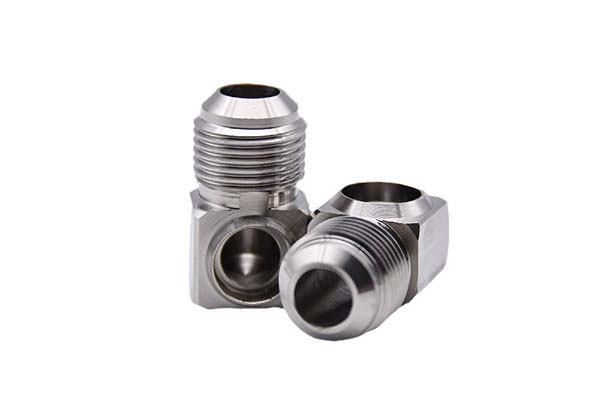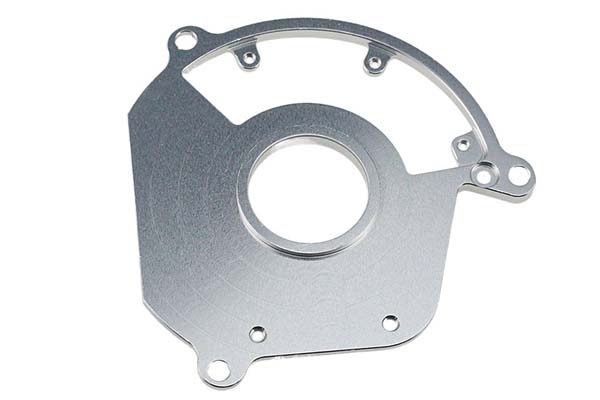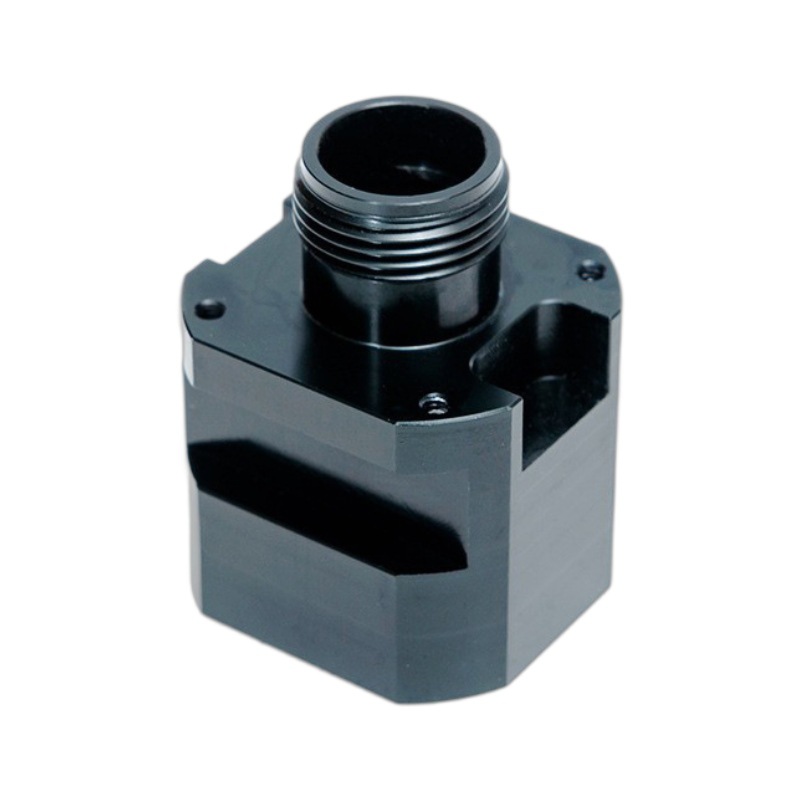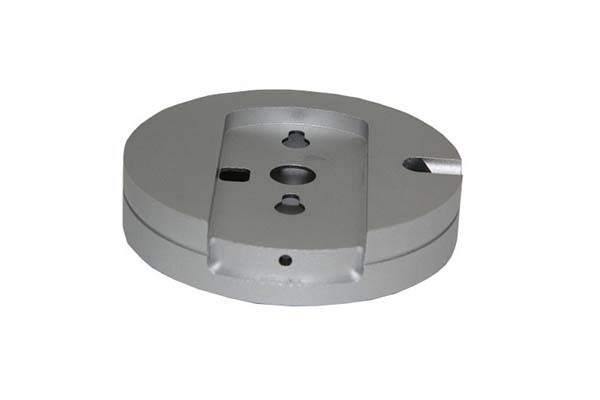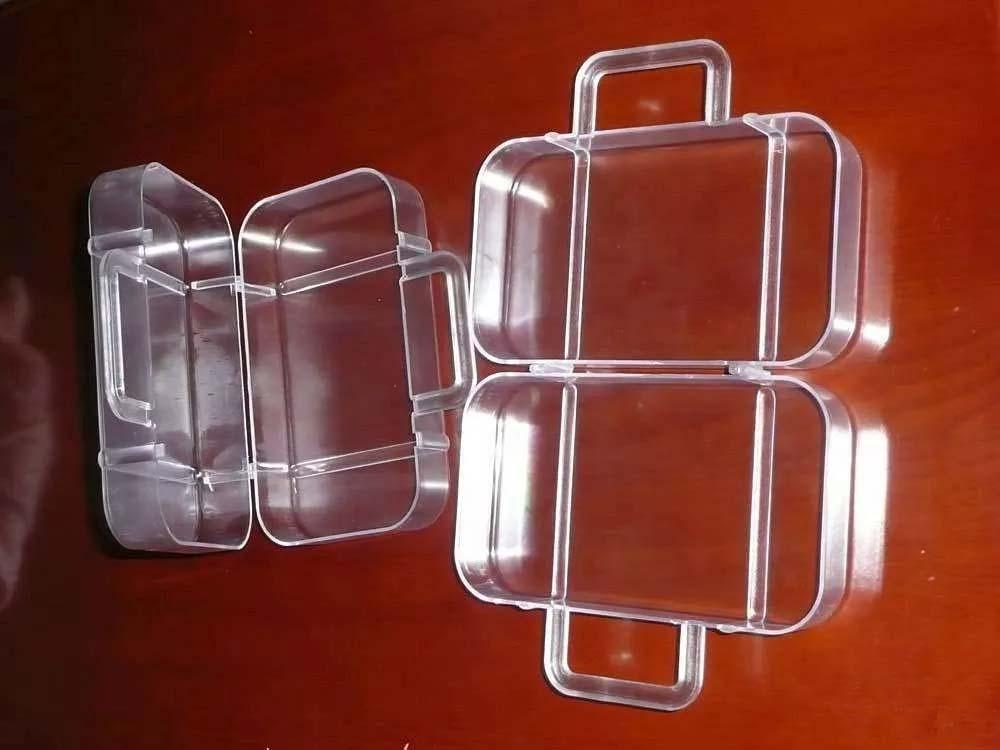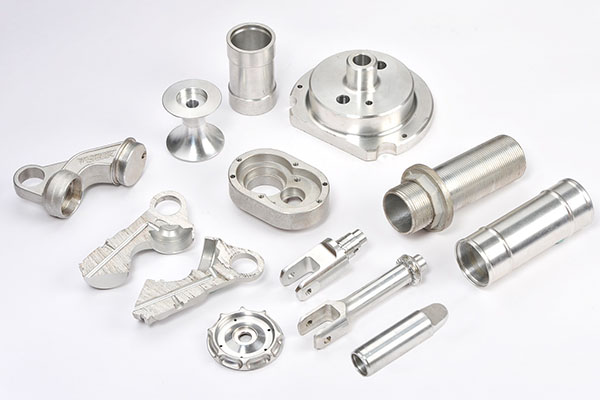Understanding Prototype Limited
What exactly does "Prototype Limited" mean, and why is it a crucial concept in the world of product development? In simple terms, a prototype is an early sample, model, or release of a product built to test a concept or process. It's a fundamental step in the product development cycle, allowing companies to validate their ideas, identify potential issues, and make improvements before full - scale production.
Prototype Limited, then, often refers to a company or service that specializes in creating these prototypes. Their work is not just about making a basic model; it's about bringing a product idea to life in a tangible, testable form.
The Importance of Prototype Limited in Product Development
- Risk Mitigation: In a study by McKinsey, it was found that companies that invest in prototyping early in the product development process reduce the risk of product failure by up to 50%. Prototype Limited helps in this regard. By creating a prototype, businesses can identify design flaws, functionality issues, or user - experience problems before investing large amounts of resources in mass production. For example, if a tech startup is developing a new mobile app, a prototype can be used to test the user interface flow. If users find it difficult to navigate, the startup can make changes to the design without the high costs associated with a full - fledged app development.
- Cost - Efficiency: According to a report from the Product Development and Management Association, products that skip the prototyping stage are, on average, 30% more expensive to develop. Prototype Limited's services are cost - effective in the long run. A prototype allows for early feedback, which can prevent costly re - engineering later in the production cycle. Consider a manufacturing company planning to launch a new consumer product. By creating a prototype, they can test different materials, manufacturing processes, and features. If they find that a particular material is too expensive or difficult to work with, they can make a change early on, saving money on production costs.
- Market Validation: A prototype can also be used to gauge market interest. A survey by CB Insights found that 42% of startups fail because there's no market need for their product. Prototype Limited can help create a prototype that can be presented to potential customers, investors, or partners. For instance, a food startup can create a prototype of a new snack product and distribute samples to consumers for feedback. Based on the responses, they can determine if there's a market demand and make adjustments to the product accordingly.
Key Aspects of Prototype Limited
Design Phase
The design phase is the foundation of creating a high - quality prototype. It involves several crucial steps:
- Market Research: Understanding the market trends, competitor products, and industry standards is essential. For example, if developing a new fitness tracker, research shows that in 2023, the global fitness tracker market is expected to grow significantly, with consumers demanding features like accurate heart - rate monitoring, long - battery life, and sleep tracking. Prototype Limited takes this into account during the design process.
- User Needs Analysis: Gathering feedback from potential users is key. A survey might reveal that users want a fitness tracker to be comfortable to wear during sleep and have an easy - to - use interface. Based on this, Prototype Limited can design a tracker with a soft, adjustable strap and a simple touch - screen interface.
- Creative Conception: This is where the innovative ideas come to life. Designers at Prototype Limited might brainstorm unique features, such as a built - in UV sensor in the fitness tracker to measure sun exposure for outdoor enthusiasts.
Material Selection
The choice of materials can significantly impact the prototype's quality, functionality, and cost. Here is a comparison of some common materials:
| Material | Strength | Weight | Cost | Heat Resistance | Application Examples |
| ABS Plastic | Moderate | Light | Low - Moderate | Low - Moderate | Consumer electronics prototypes like smartphone cases |
| Aluminum | High | Light - Moderate | Moderate | High | Prototypes for high - end products such as laptops or cameras due to its durability and aesthetic appeal |
| Silicon | Soft, Flexible | Light | Low - Moderate | Low | Prototype of a flexible wristband for a fitness tracker or a phone grip |
For a fitness tracker prototype, if the focus is on cost - effectiveness and a lightweight design for everyday use, ABS plastic might be a suitable choice. However, if the goal is to create a premium - looking and durable product, aluminum could be the better option.
Manufacturing Process
There are several manufacturing processes available for creating prototypes, each with its own advantages and disadvantages:
- 3D Printing:
- Advantages: It allows for the creation of complex geometries with high precision. It is also relatively fast, with some small - scale prototypes being printed within a few hours. For example, a custom - designed fitness tracker faceplate with intricate patterns can be easily 3D - printed.
- Disadvantages: The materials available for 3D printing may have limited mechanical properties compared to traditional manufacturing materials. The surface finish might also not be as smooth as desired without post - processing. It is best suited for small - scale production, such as creating a single prototype for testing.
- Injection Molding:
- Advantages: Ideal for mass production of prototypes as it can produce high - volume, consistent parts. The parts have good mechanical properties and a smooth surface finish. For instance, if a company wants to create multiple prototypes of a fitness tracker body, injection molding can ensure that each prototype is identical.
- Disadvantages: It requires the creation of expensive molds, which increases the upfront cost. The process is also time - consuming for mold creation, making it less suitable for quick - turnaround prototypes. It is more suitable for when a company is confident in the design and wants to produce a larger number of prototypes for market testing.
Testing and Validation
Testing and validation are crucial to ensure that the prototype meets the required standards and user expectations:
- Functionality Testing: This involves checking if all the features of the prototype work as intended. For a fitness tracker, this would mean testing the heart - rate monitor, step counter, and sleep - tracking functions to ensure accurate readings.
- Durability Testing: Subjecting the prototype to various stress tests, such as dropping, bending, and water exposure. A fitness tracker should be able to withstand normal wear and tear, so it might be dropped from a certain height multiple times to test its durability.
- User Experience Testing: Gathering feedback from users on how easy the prototype is to use. For example, users might be asked to wear the fitness tracker for a week and provide feedback on its comfort, ease of use, and any usability issues they encountered.
How Yigu Technology Views Prototype Limited
As a non - standard plastic metal products custom supplier, Yigu Technology deeply understands the significance of Prototype Limited in the product development process.
In terms of quality control, Yigu Technology believes that Prototype Limited plays a crucial role. By creating a prototype, potential quality issues in non - standard plastic and metal products can be identified early. For example, in the production of a custom - designed metal bracket, a prototype can be used to test the strength and durability of different metal materials and manufacturing processes. This allows for adjustments to be made to ensure that the final product meets high - quality standards.
Cost - reduction is another aspect that Yigu Technology values. Developing non - standard products can be costly, but with the help of Prototype Limited, unnecessary expenses can be avoided. A prototype can help determine the most cost - effective materials and production methods. For instance, when creating a plastic housing for an electronic device, a prototype can test different plastic materials to find the one that offers the best balance between cost and performance.
Moreover, Prototype Limited can significantly speed up the development cycle. In the fast - paced market, time - to - market is crucial. Yigu Technology knows that having a prototype early on enables quicker feedback and improvements, allowing for the timely launch of new non - standard plastic and metal products.
FAQs about Prototype Limited
What is the typical cost of creating a prototype?
The cost of creating a prototype can vary widely. Material costs play a significant role. For example, using high - end materials like titanium in a prototype will be much more expensive than using common plastics. The manufacturing process also impacts the cost. 3D printing is generally more cost - effective for small - scale, simple prototypes, with costs starting from as low as $100 for a basic model. However, injection molding, which requires expensive molds, can have upfront costs of several thousand dollars even for a relatively simple product. The complexity of the design is another factor. A prototype with intricate internal mechanisms or a high - precision finish will cost more to produce compared to a simple, straightforward design.
How long does it usually take to develop a prototype?
The development time of a prototype depends on multiple factors. If the design is very complex, it may take weeks just for the design phase. For example, a prototype of a new medical device with advanced functionality could take 4 - 8 weeks for the initial design. Manufacturing processes also affect the timeline. 3D printing can produce a simple prototype in a few days, while injection molding might take 2 - 6 weeks due to mold creation time. The number of tests and validations also adds to the time. A prototype that requires extensive functionality, durability, and user - experience testing could take an additional 2 - 4 weeks. Overall, a simple prototype could be developed in as little as 1 - 2 weeks, while a complex one might take 8 - 12 weeks or more.
Can I make changes to the prototype after it's completed?
Yes, it is possible to make changes to a prototype after it's completed, but there are implications. Making changes usually incurs additional costs. For example, if you want to change the material of a prototype that has already been produced, you may need to pay for new materials, and potentially new manufacturing processes. The time required to make the changes also needs to be considered. Simple changes like adjusting a minor design element might take a few days, but more significant changes, such as modifying the internal structure, could take weeks. It's important to communicate any potential changes as early as possible with the prototype service provider like Prototype Limited to minimize the impact on cost and time.

